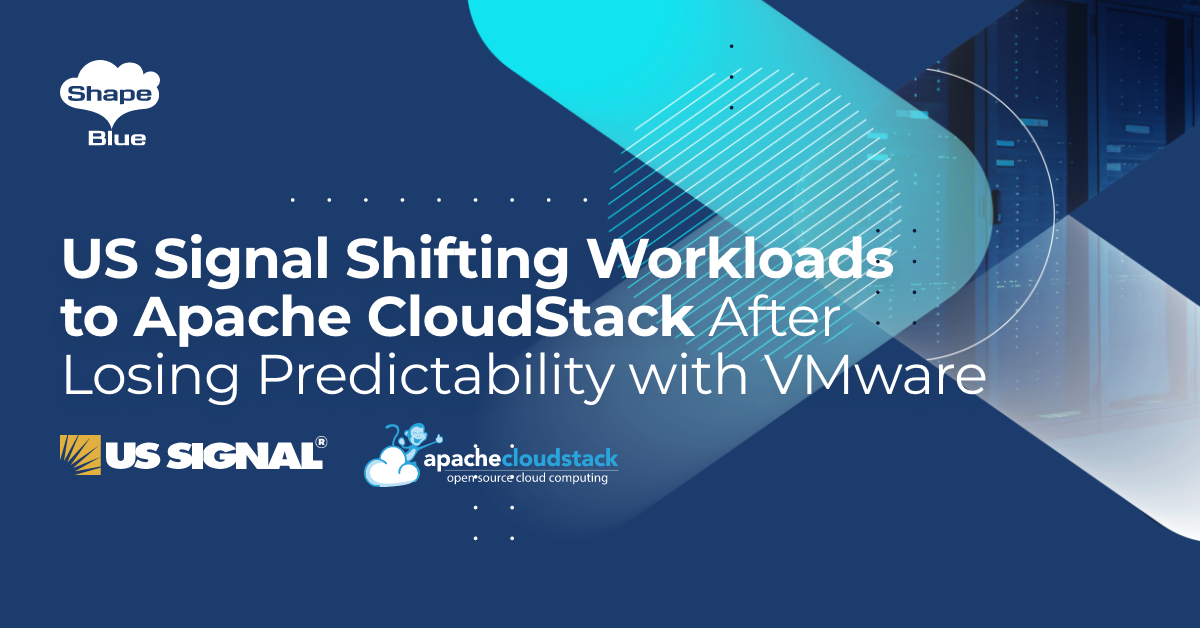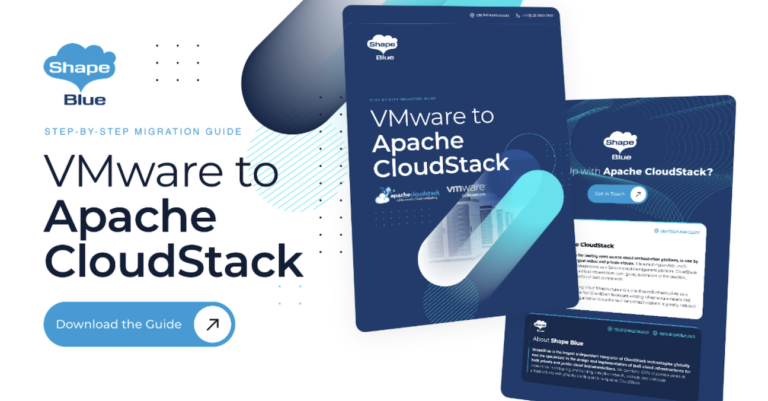Following the challenges arising from Broadcom’s acquisition of VMware, US Signal sought an additional IaaS solution to offer their customers. John White, Chief Operating Officer at US Signal, emphasizes the importance of companies controlling their own destinies and having full opportunities for cloud consumption.
US Signal is a leading digital infrastructure provider offering cloud, core connectivity, and data center services. With a portfolio including colocation, IT infrastructure, endpoint monitoring, data management, disaster recovery, and security services, US Signal’s data center solutions can meet even the most unique and complex technical requirements.
Founded in 2000, US Signal has grown into one of the largest privately held data center services providers. Its natural growth strategy has allowed US Signal to evolve its solution portfolio based on customer demand, emerging technologies, and changing business requirements. With two core competencies—internet connectivity and data center services—and 10 data centers, US Signal supports a wide range of customers and hosts some of the largest healthcare organizations and manufacturing companies in the Midwest.
Ensuring Reliability and Predictability Based on Open Source
Following the challenges arising from Broadcom’s acquisition of VMware, US Signal sought an additional IaaS solution to offer their customers. John White, Chief Operating Officer at US Signal, emphasizes the importance of companies controlling their own destinies and having full opportunities for cloud consumption.
 “We are a Premier VMware partner, among the largest in the U.S., and it was going really well for us. However, over the last few years, as VMware grew, they focused on just about anything but the service provider community. This created some challenges for us and our customers and left VMware vulnerable to disruption,” White said.
“We are a Premier VMware partner, among the largest in the U.S., and it was going really well for us. However, over the last few years, as VMware grew, they focused on just about anything but the service provider community. This created some challenges for us and our customers and left VMware vulnerable to disruption,” White said.
“At the end of 2023, we quickly put together an R&D team focused on finding alternative cloud solutions,” explained White. “Our Cloud Team started working with various technologies, and CloudStack was one of them. We thought it would probably take us a few years to figure out an alternative, but as we began designing and building, we discovered that CloudStack was working pretty well. We were able to get pretty good consistency, performance, and availability,” White observed.
 The Choice of Apache CloudStack
The Choice of Apache CloudStack
While some customers continue to use VMware for specific use cases, US Signal wanted to offer an alternative IaaS solution that would ensure predictability, avoid dependency on a single vendor, and lower licensing costs.
“We knew we wanted to do something open, and CloudStack seemed to be the right fit for us,” continued White. “We wanted the solution to be self-service and able to run multiple hypervisors. While we plan to use KVM, we wanted to have the ability to run Xen if needed. An additional requirement was options for easy migration between VMware and the new platform.”
Future Roadmap with CloudStack
US Signal is committed to providing outstanding, customer-focused services. They hope to leverage Apache CloudStack to enable AI workloads, support edge computing (customer premises), and meet compliance standards such as PCI DSS, HIPAA, and HITRUST.
“We are proud of what we have been able to achieve with CloudStack in a very short timeframe. We’re really excited for our launch and strongly recommend CloudStack as an alternative IaaS solution to VMware or even the hyperscalers,” White concluded.
Explore Apache CloudStack as a VMware Alternative
Request a free consultancy for your migration from VMware to open-source:




